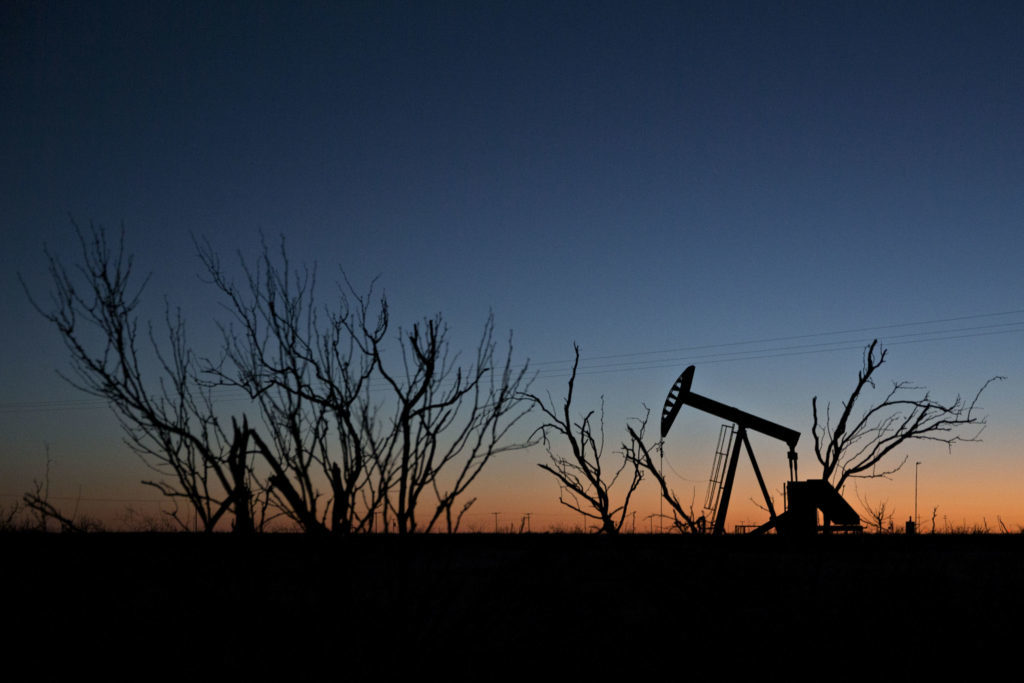
Call it Permian, version 3.0.
That’s how Tim Dove, who leads Pioneer Natural Resources Co., refers to new well designs his company says are now pumping 35 percent more oil than their predecessors. And Pioneer’s not alone: Rivals are also boasting of huge improvements resulting from new-look technology, indicating that the biggest U.S. oilfield may grow production more quickly than anticipated.
The Permian Basin’s stacked layers of oil-laden rock under the west Texas and New Mexico dirt are already so productive they’ve stymied efforts by the Organization of Petroleum Exporting Countries to reduce supply, and brought the U.S. closer to energy independence. The field produces 3.2 million barrels a day, more than OPEC member Kuwait.
For some, more high-tech wells could mean more capital spending, the opposite of what many investors want right now. But that’s not concerning Dove, Pioneer’s chief executive officer.
“The results have been stellar,” Dove said on a first-quarter conference call Thursday, when he dubbed the new wells as “3.0 plus” models. “The more we drill, the better we’re going to do.”
To be sure, oil producers are notorious for highlighting strong individual well performance that doesn’t necessarily translate to overall productivity. “A lot of this data is only a couple of quarters old, so it’s not clear whether you’re going to get 30-40 percent performance over the life of the well,” said Leo Mariani, an Austin-based analyst at NatAlliance Securities LLC. “We’ve seen that in other areas.”
Still, in earnings reports over the last week, the theme was repeated over and over again:
Devon Energy Corp. said it completed the two highest-rate wells in the Delaware section of the Permian in its hundred year history, helping it to a 20 percent production increase in the quarter. Parsley Energy Inc. hiked output 70 percent, including some record early-stage wells. Anadarko Petroleum Corp.’s CEO Al Walker said improving infrastructure and well-completion will “dramatically” lift future performance. Apache Corp. boosted Permian production 19 percent due to “fracture-stimulating more lateral feet per day, completing wells faster and more efficiently, realizing significant cost savings,” said Tim Sullivan, vice president of operations.